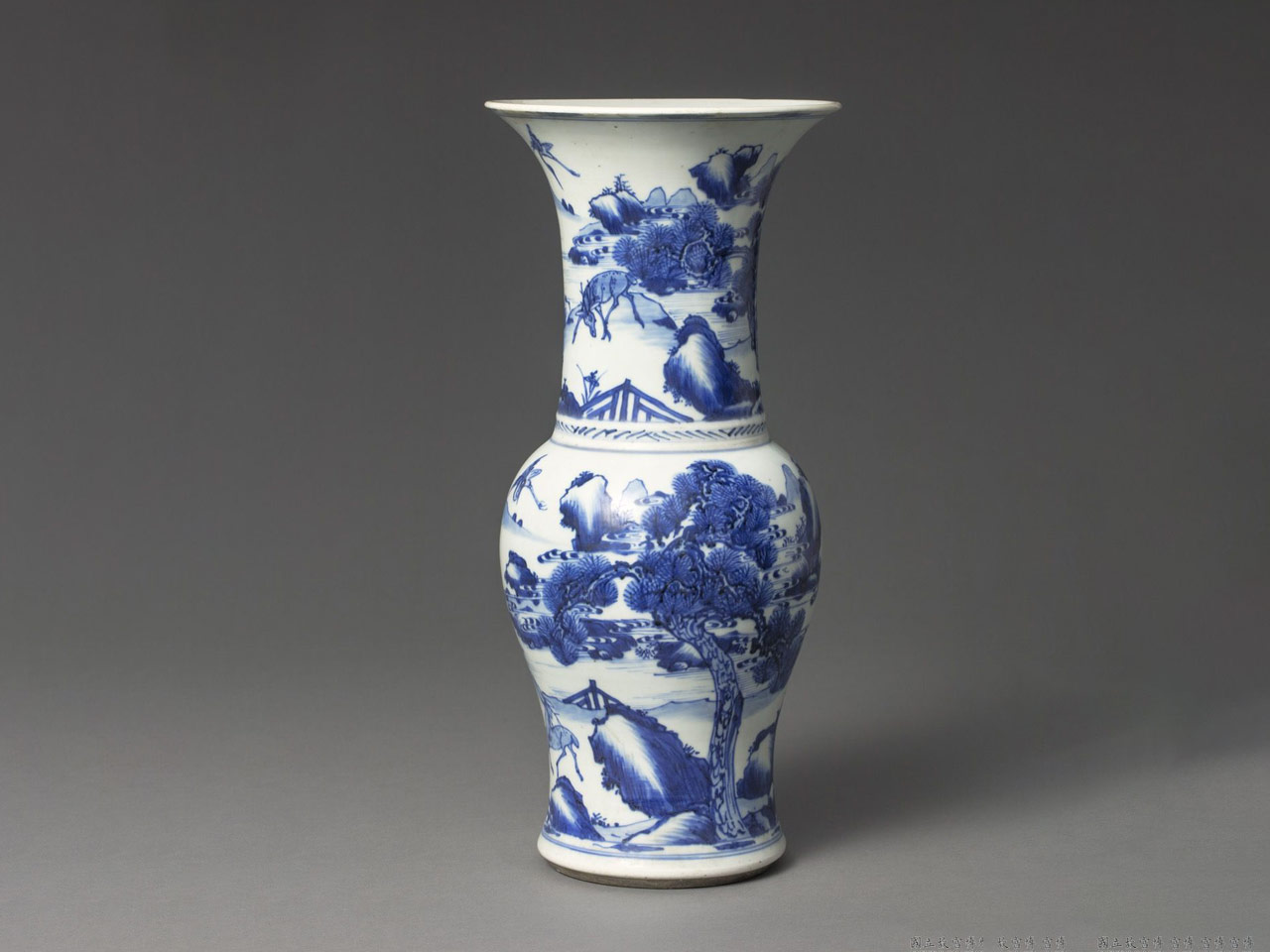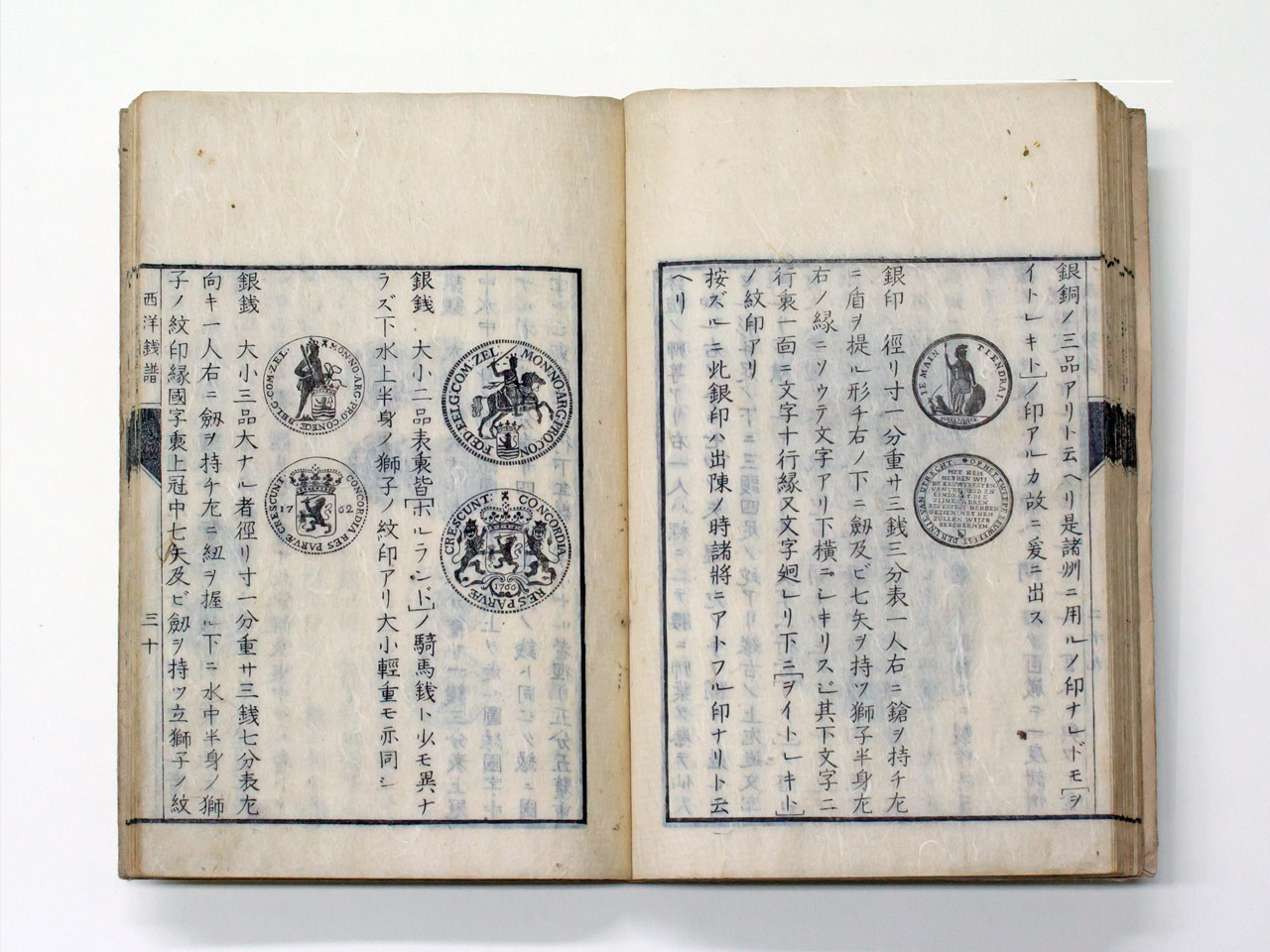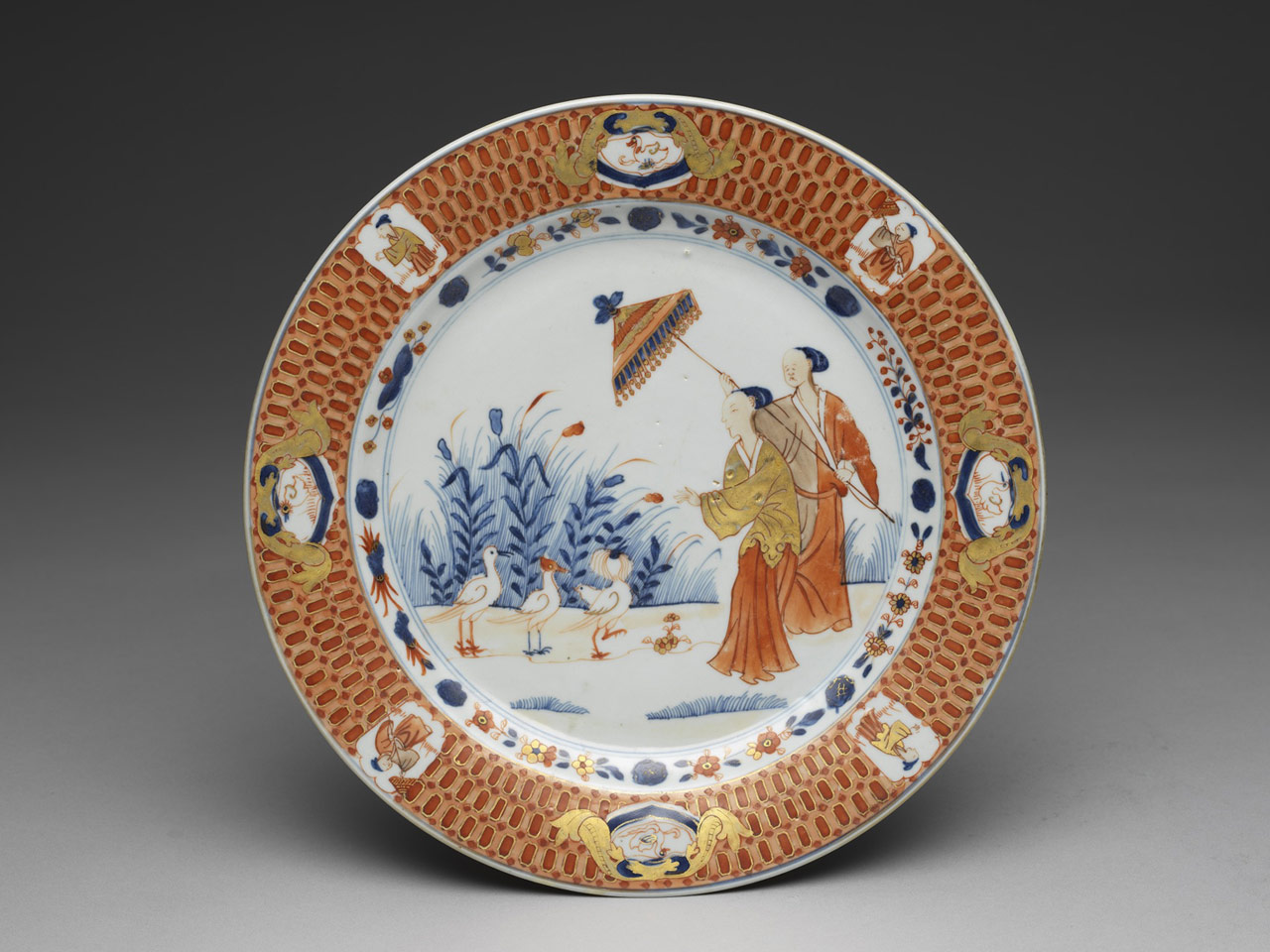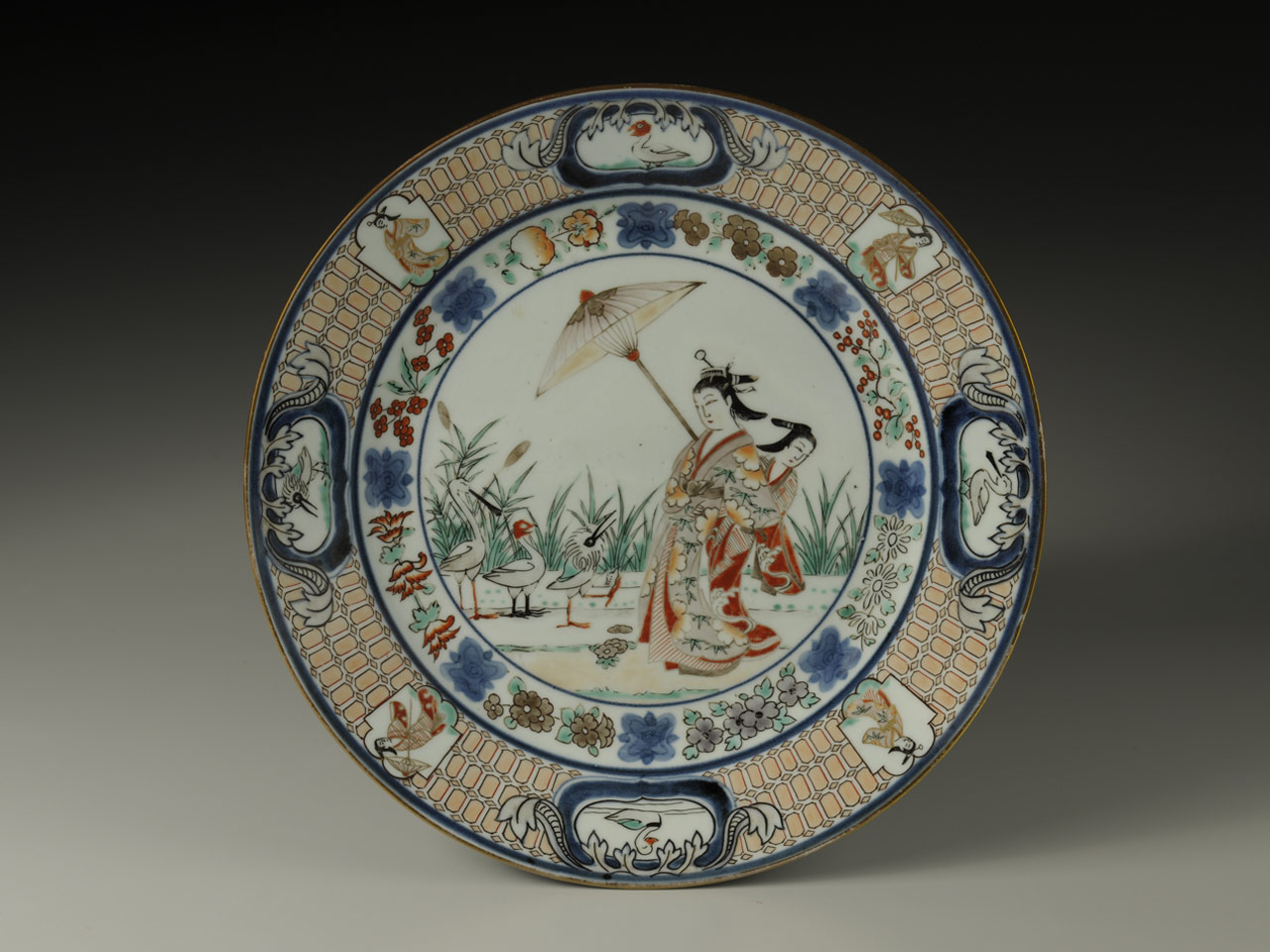Overseas trading had contributed the vital effect on expansions of the European continent, and the Dutch merchants had played a crucial role. The bountiful exotic merchandises including tealeaf, silk, spices, and porcelains were luxuries that desperately desired by the Europeans. These goods had not only been sought after by nobles and middle-classes as a trend, but even further modified the European life style. Thus, Amsterdam had become the centre of global trades with a leap. Especially after the establishment of the Dutch East India Company (Vereenigde Oostindische Compagnie); the V.O.C. took Batavia (now Jakarta), Indonesia as trading base and gained exceptional success in trades with China and Japan, which urged the European countries including Britain, Germany, and Sweden to found their individual East India Companies that all expected to gain continuous profit in Asia. The merchant vessel, "Witte Leeuw" (white lion) owned by the Dutch East India Company had once filled with Chinese porcelains, and specimens retrieved from its shipwreck appeared to be stray memories that can recreate the trading prosperity during the golden age of Netherlands in the 17th century shard by shard.
Xiyang Qianpu (Seiyō Senpu)
Coins of European Countries
- Wirtten by Kutsuki Masatsuna (Ryōkyō), Japan
- Imprint of the 7th year of the Edō period (1787), Japan
This book is an introduction to over 140 European coins of the 16th to 18th century. Patterns of both sides of the coins are drawn, which are followed by explanatory notes, supplemented with information on the geographical location as well as the politic and economic status of each country.
Tile panel
- Delft ware (?)
- The Netherlands, ca. 1690-1720
- Collection of the Rijksmuseum
This remarkable tile panel shows an elaborate Chinese landscape; at the top the goddess Guanyin sits on a lotus flower, enveloped by a yellow sun. A number of smaller scenes below depict Chinese figures and landscapes. The panel was part of a larger set, that was probably made to decorate a small room or cabinet. At the end of the 17th century there was a fashion to decorate these cabinets with large amounts of porcelain on brackets or lacquer panels. These tiles may have functioned in the same way, creating a Chinoiserie environment where the owner could retreat with an intimate company, converse and drink tea.




